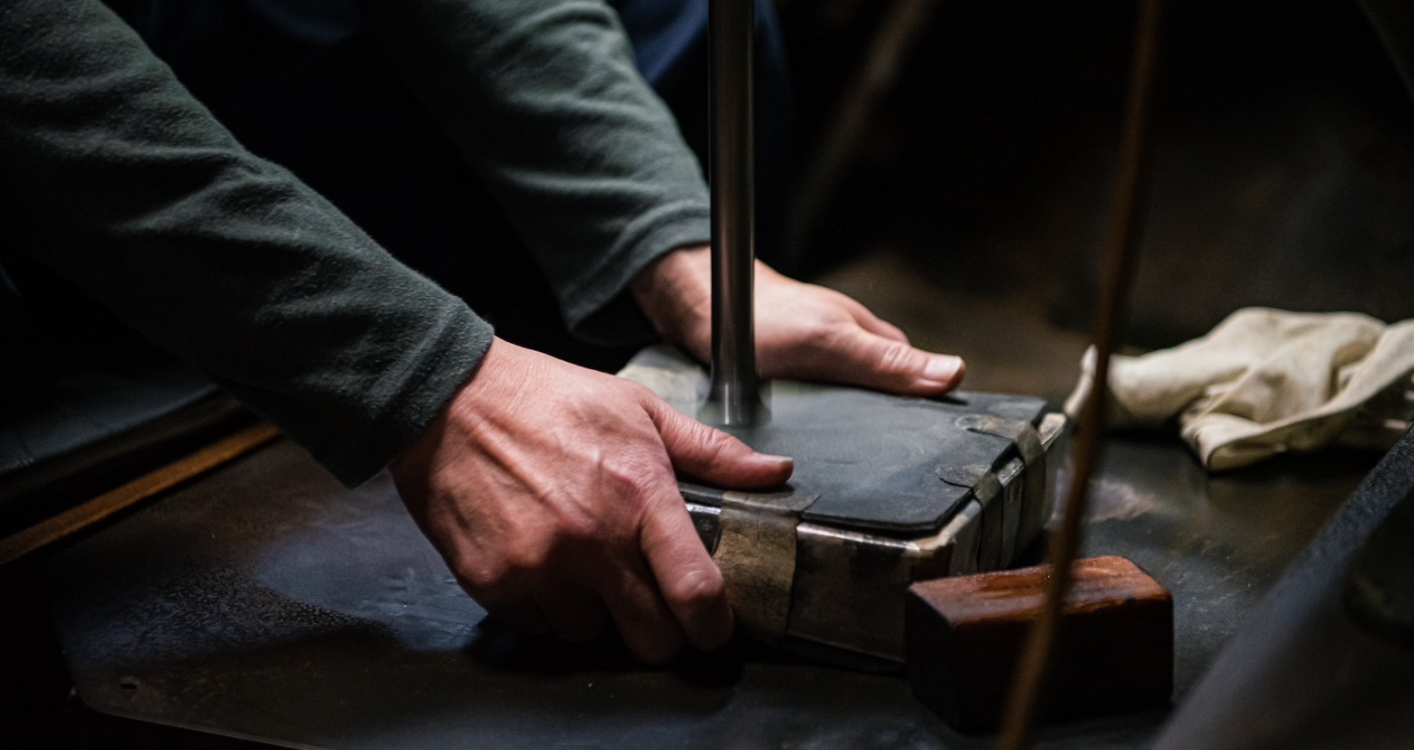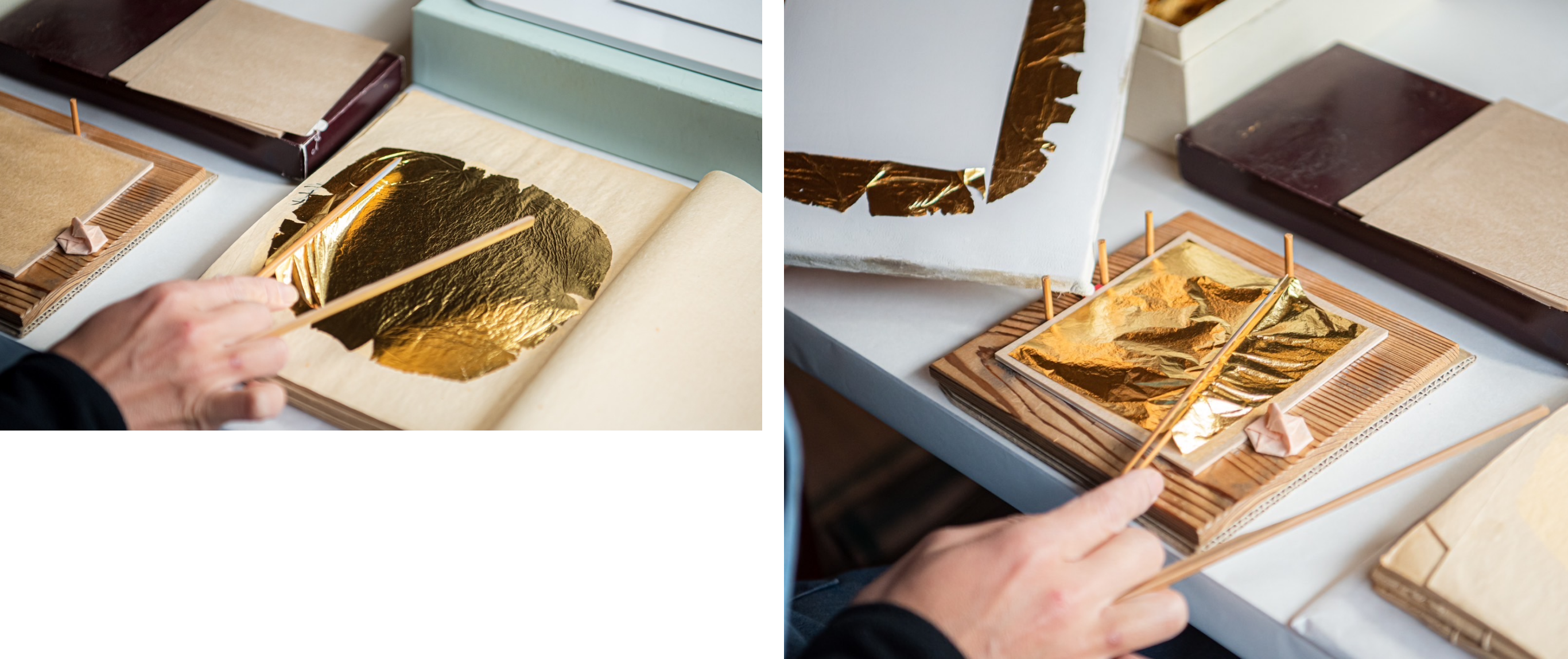What is “Kanazawa Haku”

What is “Kanazawa Haku”
Kanazawa HAKU refers to Japanese gold leaf made using traditional Japanese techniques. Kanazawa is a city in Ishikawa Prefecture, and it accounts for nearly 100% of the national production. Kanazawa HAKU, with its three characteristics of 'non-oxidizing, non-discoloring, and non-corroding,' brings brilliance to Buddhist altars, temple interiors, and art. Welcome to the world of Kanazawa HAKU, crafted using traditional Japanese techniques that have been passed down for over 400 years.
Japanese traditional craftmanship
History
Kanazawa HAKU was first made in 1593, and for over 400 years, it has been primarily used in crafts and temple architecture. The quality that supports its development is a result of the favorable climate, temperature, and water quality in Kanazawa. Even when the production of gold leaf was banned in the past, the efforts of craftsmen who secretly honed their skills have paid off. The unique flavor created by gold leaf and the spaces formed by the reflection of light have long represented the world of the Pure Land, bringing a sense of calm to the heart
The Potential of HAKU=UNESCO
One of the traditional techniques of Kanazawa HAUK is called ‘Etsuke Gold Leaf.’ This technique involves craftsmen meticulously creating each piece using Japanese paper”和紙” that takes six months to produce. The result is a gold leaf that has a warmer finish and a calming effect due to the Japanese paper. Because the production process is time-consuming and the materials are scarce, this gold leaf is extremely valuable. In December 2020, 'Etsuke Gold leaf' was registered as a UNESCO Intangible Cultural Heritage. It is an indispensable and rare technique for preserving Japanese culture. With the traditional techniques and unique world of Kanazawa HAKU as its strengths, it holds infinite potential to be combined with various materials


We will improve our
ping strategies to meet
nal industries.We will
ess by developing strategies to meet new consumer expectations while preserving the value o
f our traditional industries.
ALIGNING WITH MODERN NEEDS
We will improve our competitiveness by developing strategies to meet new consumer expectations while preserving the value of our traditional industries. We will improve our competitiveness by developing strategies to meet new consumer expectations while preserving the value of our traditional industries. We will improve our competitiveness by developing strategies to meet new consumer expectations We will improve our competitiveness by developing strategies to meet new consumer expectations while preserving the value of our traditional industries. We will improve our competitiveness by developing strategies to meet new consumer expectations while preserving the value of our traditional industries. We will improve our competitiveness by developing strategies to meet new consumer expectations
